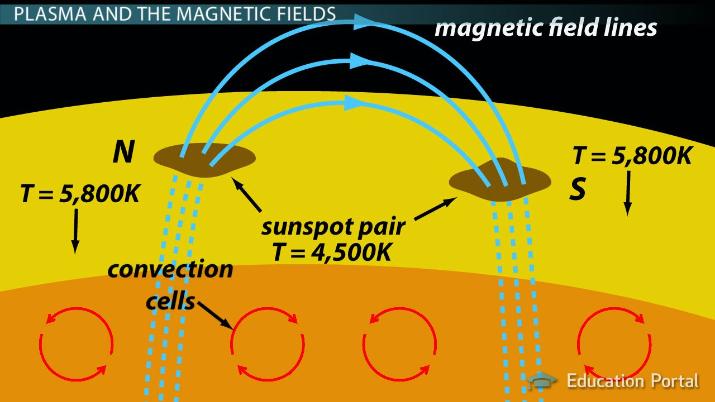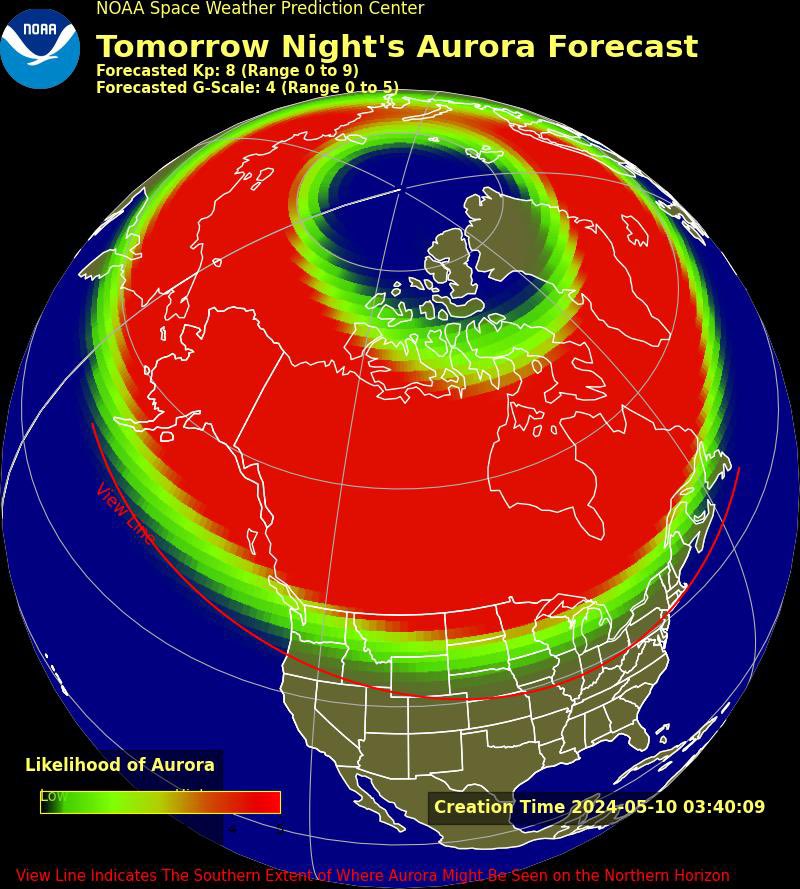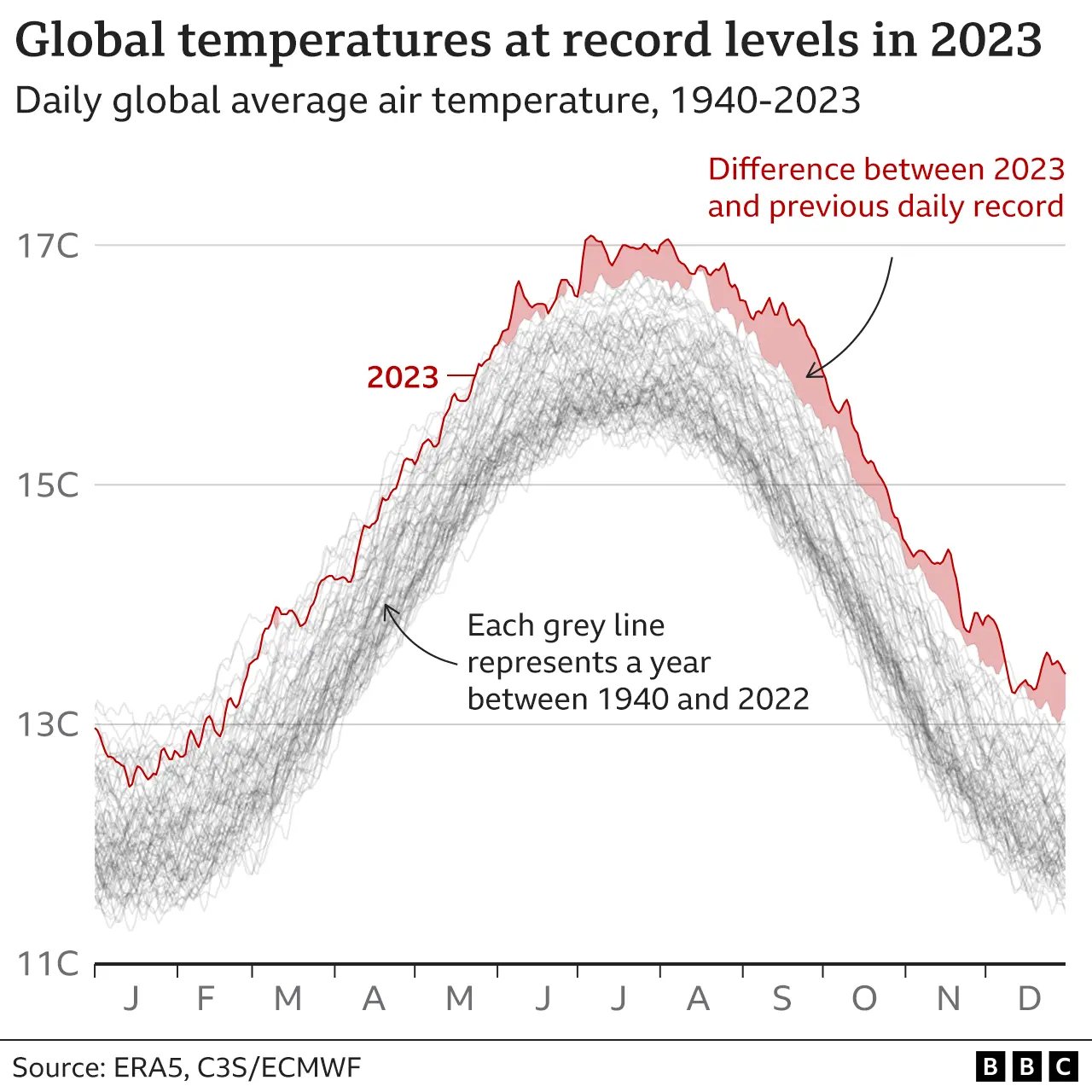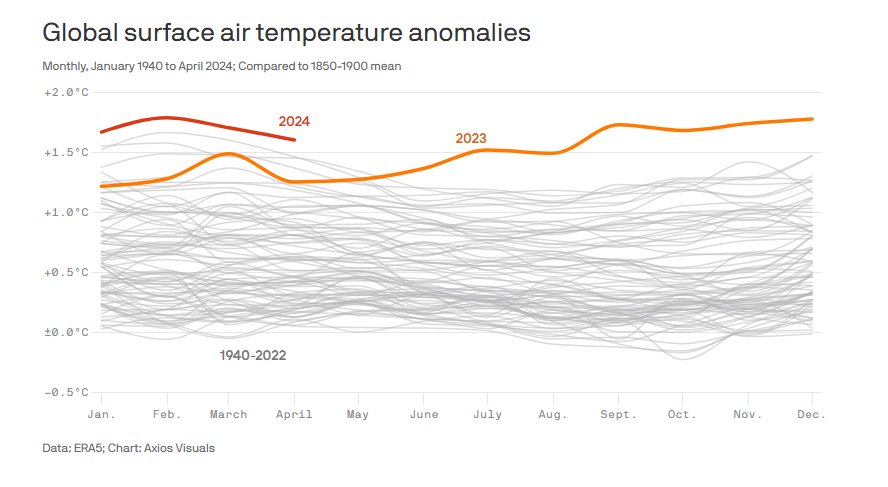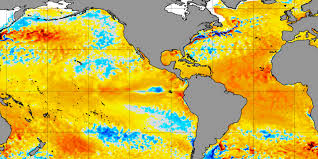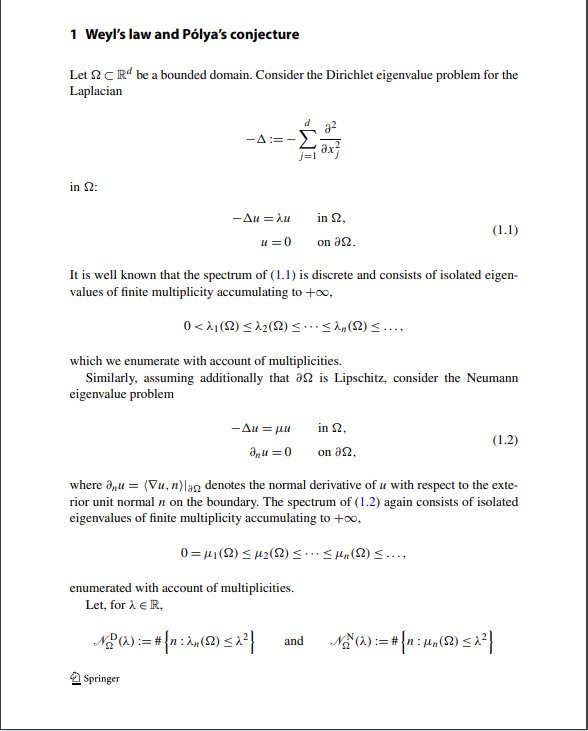Regular readers of this blog may have noticed that I haven’t been posting any Space News recently, not since February in fact. The reason for this is that I have been waiting for the Final Test Launch (FTL) and first manned mission of Boeing’s Starliner capsule. Well after years of delays and redesigns Starliner is still not ready and the launch, which was originally set for mid April was pushed back to May 6 only to have weather cause a delay until the 7th. That bad weather was probably a good thing however because on the 7th, even as the two crew members were in their seats waiting for ignition a valve on the Atlas 5 launch vehicle started misbehaving. So the whole mission was delayed yet again and the astronauts removed from the capsule.

The launch was then rescheduled for May 17th but while the engineers at the Kennedy Space Center were working on the malfunctioning valve on the Atlas 5 a helium valve on Starliner itself began to leak pushing back the launch until no earlier than the 25th of May, and I wouldn’t put any money on that Since I wrote this post it’s been further delayed into June!). So I decided to move on and talk about other happenings in the exploration of space.

In manned spaceflight on the 25th of April China successfully launched three Taikonauts aboard the Shenzhou 18 spacecraft to their Tiangong space station. Arriving at the space station the Taikonauts relieved the Shenzhou 17 crew who had occupied Tiangong for six months. The Shenzhou 17 crew then returned to Earth several days later.

Crew transfer and cargo resupply missions to Tiangong have now become routine for China’s space agency just as they have for NASA and Roscommon, Russia’s space agency. China’s growing capability in space is becoming a concern to strategic analysts in the west. Along with their space station China has landed two probes on the Moon’s farside, something no other nation has achieved.
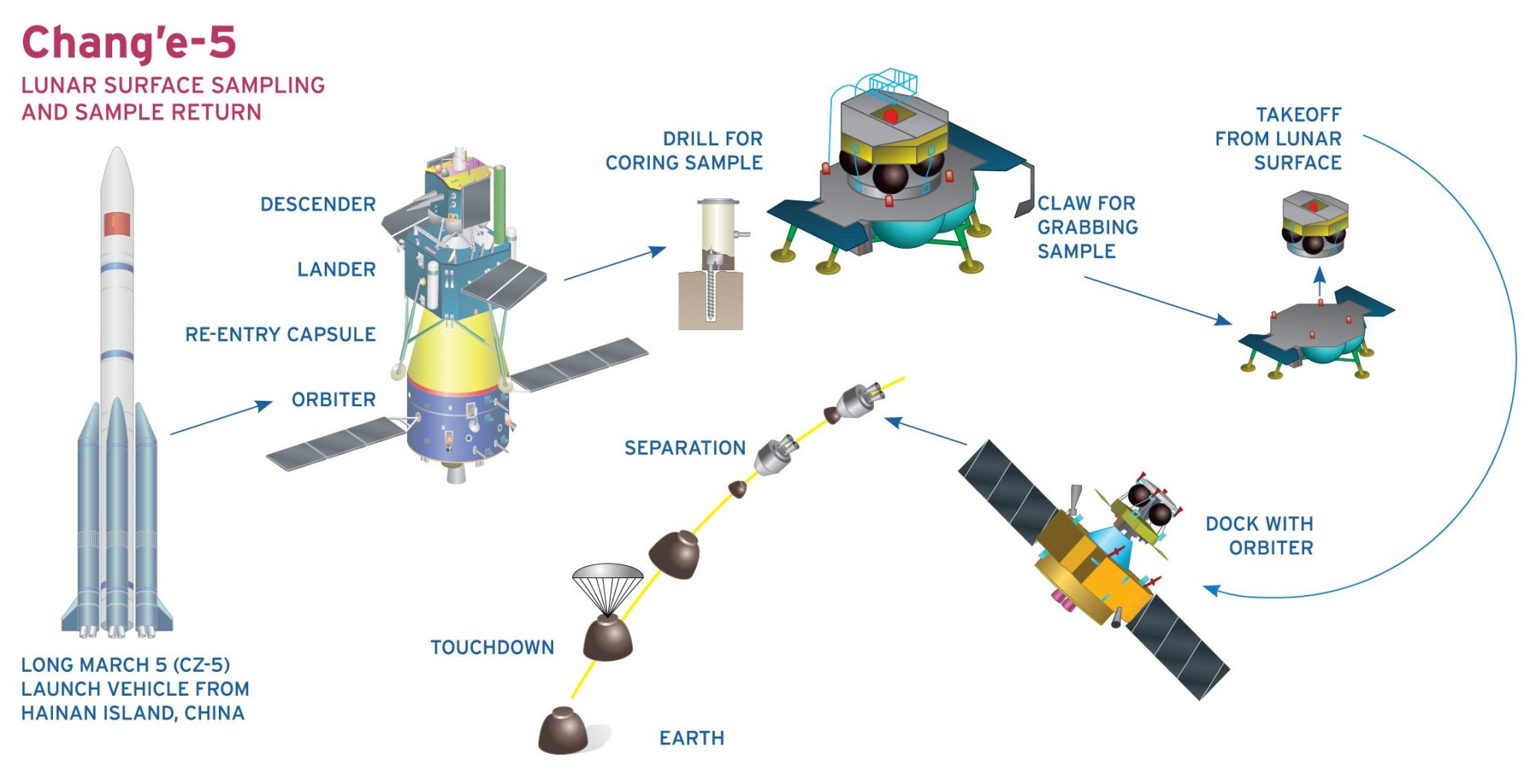
With a stated goal of landing Taikonauts on the Moon by 2030 some commentators are trying to invent another ‘Space Race’ between the US and China. Unlike the USSR however, which simply gave up any plans for landing on the Moon after the Americans succeeded, China seems content to just move ahead at its own pace as opposed to the streaks and stops that NASA has endured because of politics here in the US.

However the big news to me this month isn’t in manned spaceflight. Rather it’s the success that the engineers at the Jet Propulsion Labouratory (JPL) have had in reestablishing communication with the Voyager 1 space probe, the farthest man made object from Earth. Launched back in 1977 the two Voyager space probes completed their flyby missions to the four gas giants of Jupiter, Saturn, Uranus and Neptune and have for over 45 years now continued to send back data about conditions in the outer solar system.

At 45 years old and a distance from Earth of 24 billion kilometers it was amazing that the Voyagers were still working at all so back in November of 2023 when Voyager 1 started sending back gibberish instead of readable data the engineers at JPL feared for the worst but hoped for the best. The engineers were hopeful that they might be able to fix the problem because the spacecraft was still radioing back something, so it was still alive.

At a distance of 24 billion kilometers it takes more than 22 hours for a radio signal to travel from Earth to Voyager, and an equal time for a response to get back to Earth. So there wasn’t going to be a quick fix to the problem. In fact it wasn’t until March of 2024 that the engineers were certain that the problem lay in one of Voyager’s three onboard computers, in a section referred to as Flight Data Subsystem (FDS).

The engineers finally discovered that the problem was caused by the malfunction of a single chip responsible for storing the FDS’s operating code. The engineers therefore came up with a plan to restore the software on several other chips that were still functioning. The team initiated their plan on the 18th of April and on the 20th they began receiving back usable data about the health of Voyager 1. There’s still more work to do relocating and adjusting other portions of the software that was stored on the malfunctioning chip but at least Voyager 1 is back to communicating properly with Earth.

Finally, Sierra Space Corporation’s Dream Chaser mini-shuttle, see my post of 23 December 2023, has completed its environmental testing at NASA’s Neil Armstrong Test Facility and on the 20th of May was delivered to the Kennedy Space Center to begin preparations for its maiden flight. Sometime later this year the unmanned spacecraft be launched into orbit aboard a United Launch Alliance’s Vulcan rocket on a mission to deliver 3500 kilograms of cargo to the International Space Station (ISS). If the Dream Chaser’s mission is successful the unmanned, reusable mini-shuttle will join Space X’s cargo Dragon and Orbital Sciences Corporation’s Cygnus as commercial cargo spacecraft supplying both the ISS and any future orbital stations.

Sierra Space Corporation’s plans for Dream Chaser go beyond unmanned missions however, from the beginning Dream Chaser was intended to eventually become a manned craft. If that comes to pass then NASA and commercial space corporations will have three privately owned space systems for getting people into Low Earth Orbit (LOE).
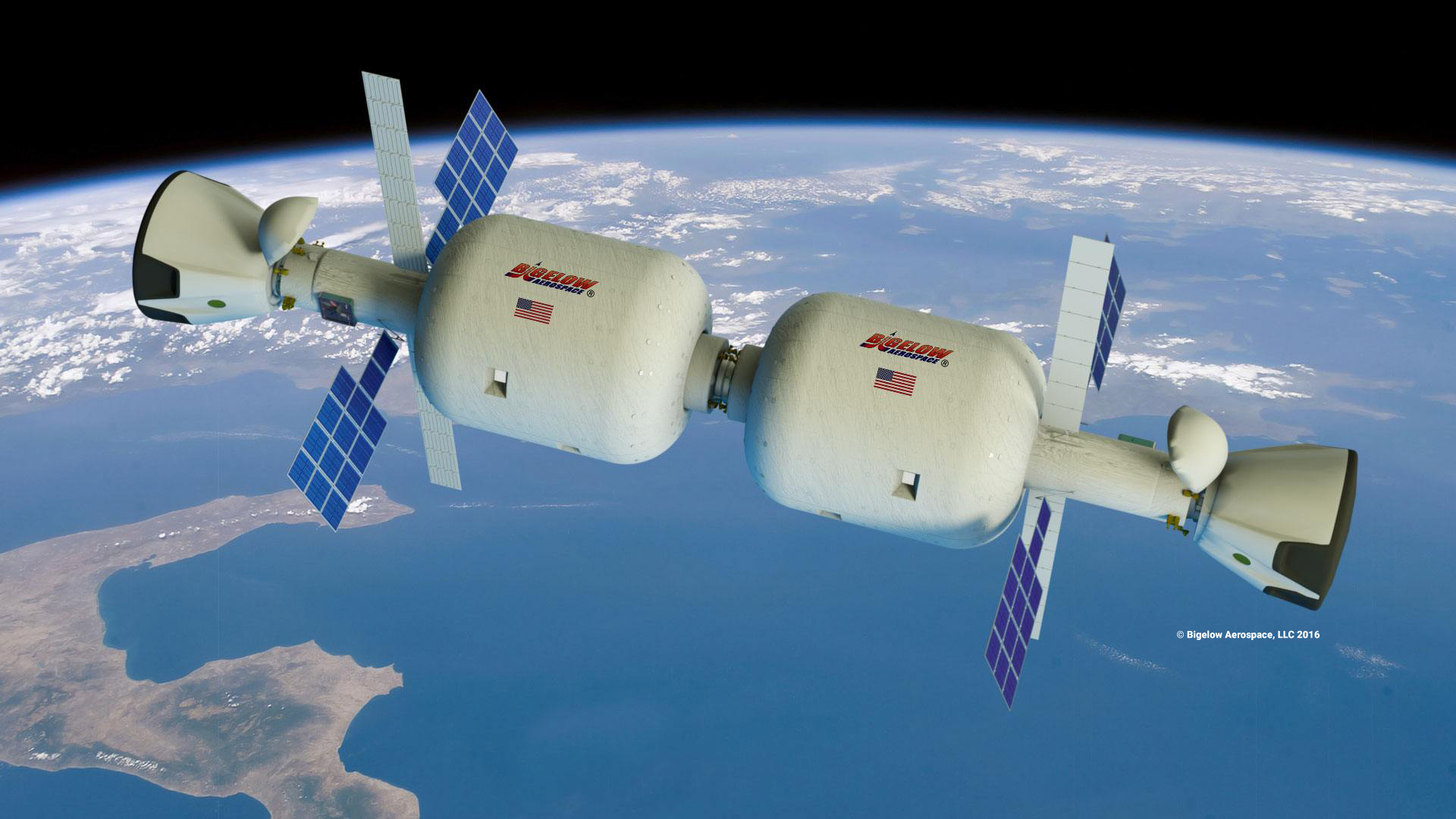
So imagine ten to fifteen years from now. There are maybe a half dozen space stations in orbit, being regularly supplied by three distinct cargo spacecraft. At the same time another three distinct space capsules are taking astronauts, many of them civilians, between Earth and those stations.

Right now we are building the infrastructure of LOE, within a generation we really will be starting the colonization of nearby space.




